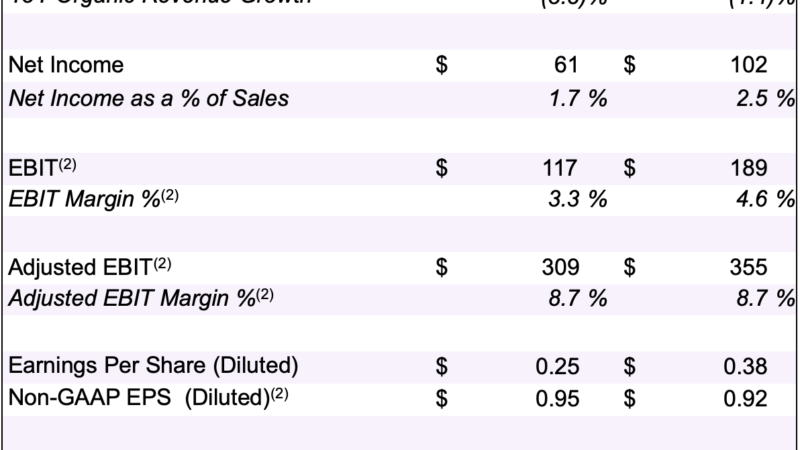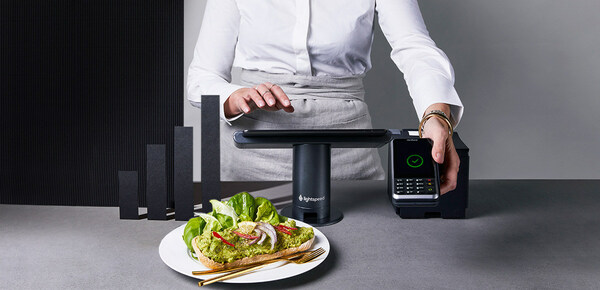I’ll be chatting live on Twitter today at 3 p.m. Eastern time with Kara Swisher, a Times contributing opinion writer and a veteran technology journalist.
We’ll talk about how our relationship with technology and tech companies is changing in a pandemic, and answer your questions. Watch live @ShiraOvide.
With millions of people stuck at home, many are relying on Amazon deliveries more than ever. But each order increases the health risks for the people who sort, package and deliver those goods.
The Times tech reporters Karen Weise and Kate Conger detailed the resulting dilemma: The company says it is doing everything it can to protect those workers by separating workstations, sanitizing warehouses, giving people more time off and increasing pay to counter the higher risks.
And yet some of those workers say the company isn’t doing enough, hasn’t made good on its promises or isn’t upfront with them about safety risks.
Other kinds of workers — doctors and home health aides, cleaners, grocery workers, postal employees — also have said their employers weren’t doing enough to protect them as they interact with others in a pandemic.
Maybe Amazon is doing a better job than others. Maybe not. The reality is there is rightfully significant attention on Amazon because it’s a powerful company reshaping how the world shops and how industries operate.
There are more than 50 Amazon facilities, out of the more than 500 it operates in the United States, in which at least one worker has tested positive for the coronavirus.
In their reporting, my colleagues found some Amazon workers who were angry about what they felt was poor communication and shifting messages on issues like who qualifies for paid time off.
At first Amazon said workers could get paid sick leave if they had a confirmed coronavirus case, but testing has been limited in the United States. Amazon changed its policy, but the message hasn’t filtered down to all warehouses, Karen and Kate found.
There’s no blueprint for how to manage a global pandemic, but there was a pattern to surging Amazon orders and worker safety concerns as the coronavirus spread from country to country. Once illness hit the United States, it’s surprising that Amazon — known for its military-like distribution efficiency — has been caught off guard, including by a lack of trust from some workers.
The feeling seems to be mutual. Last week a company memo reviewed by Vice News showed Amazon executives discussing strategies to discredit a worker who protested.
This impasse with Amazon workers was born in a pandemic, but has been a long time coming. Mistrust takes time to build.
Other American tech superpowers have faced a moment when existential problems flared into crisis. Facebook’s cavalier attitudes about online abuse and people’s personal information simmered until they boiled over. Employee anxiety at Google, and distrust of its political neutrality, were encapsulated in the circumstances of one fired worker.
Now it’s Amazon’s turn in the spotlight.
This article is part of the On Tech newsletter. You can sign up here to receive it weekdays.
Tip of the week
Brian X. Chen, our personal tech columnist, offers this guidance on Zoom:
You may have heard that Zoom, the suddenly popular videoconferencing service, has been under fire for a number of privacy snafus. Security researchers, for example, recently found that malware could be injected into the Zoom app, allowing bad actors to gain control of your video camera; Zoom patched the exploit last week.
But security researchers have warned that this is just the beginning of Zoom’s privacy problems. The broader issue is that to make Zoom calls easier for people to join, the company at the outset created a weak foundation for security. The company circumvented traditional protocols for installing its software on Windows and Mac computers, creating security holes.
I’ll have more to say about Zoom soon. But here’s some practical advice for now, based on my conversations with experts. If you still want to use Zoom, it’s safer to use it on a mobile device, like an iPad or smartphone, instead of on a Mac or Windows PC.
That’s because mobile apps operate in a so-called sandboxed environment, meaning that they are limited in how they interact with other apps and files on your device. This makes it much more difficult for bad actors to grab your sensitive data or hijack your camera.
In addition, apps served through the App Store or Google Play store undergo a review process by Apple and Google that includes an inspection for security vulnerabilities.
After we discussed with my colleague Kevin Roose last week why the pandemic seems to be bringing out the best in everyone online, we heard from Greg Herbert in Orlando, Florida:
My 5th grader, whose school started doing Zoom classes and “distance learning” last week, made the comment at dinner this whole transition to doing things virtual/online was “bringing out the best in everyone.”
When we asked him what he meant, he said, “The teachers aren’t yelling at us anymore!”
-
The coronavirus is exposing inequality of digital access: Teachers at some schools across the United States say that fewer than half of their students are regularly participating in online classes. One problem in schools around the world is some families don’t have reliable internet access or computers at home. The longstanding gap between the internet have and have-nots is becoming stark as school closings amount to the world’s largest experiment in online learning.
-
Running alone, but together. Virtual races — in which runners complete a route on their own and record their results to compare with others’— are getting more popular as quarantines force cancellations of the real thing. This is happening in other sports, too, even among professionals, as the BBC and The Verge report.
-
Virtual social demands can still be exhausting. Relentless efforts to hang out online are creating “the bizarre feeling of being socially overwhelmed despite the fact that we’re staying as far away from each other as we can,” MIT Technology Review writes.
Hugs to this
Residents of a Buffalo, N.Y., neighborhood held a socially distant dance party where they danced on their lawns to the Rolling Stones. You go, man in the plaid shirt. You GO. (Thanks to my colleague Taylor Lorenz for this.)
We want to hear from you. Tell us what you think of this newsletter and what else you’d like us to explore. You can reach us at ontech@nytimes.com.
If you would like to receive this newsletter each weekday, please sign up here.








